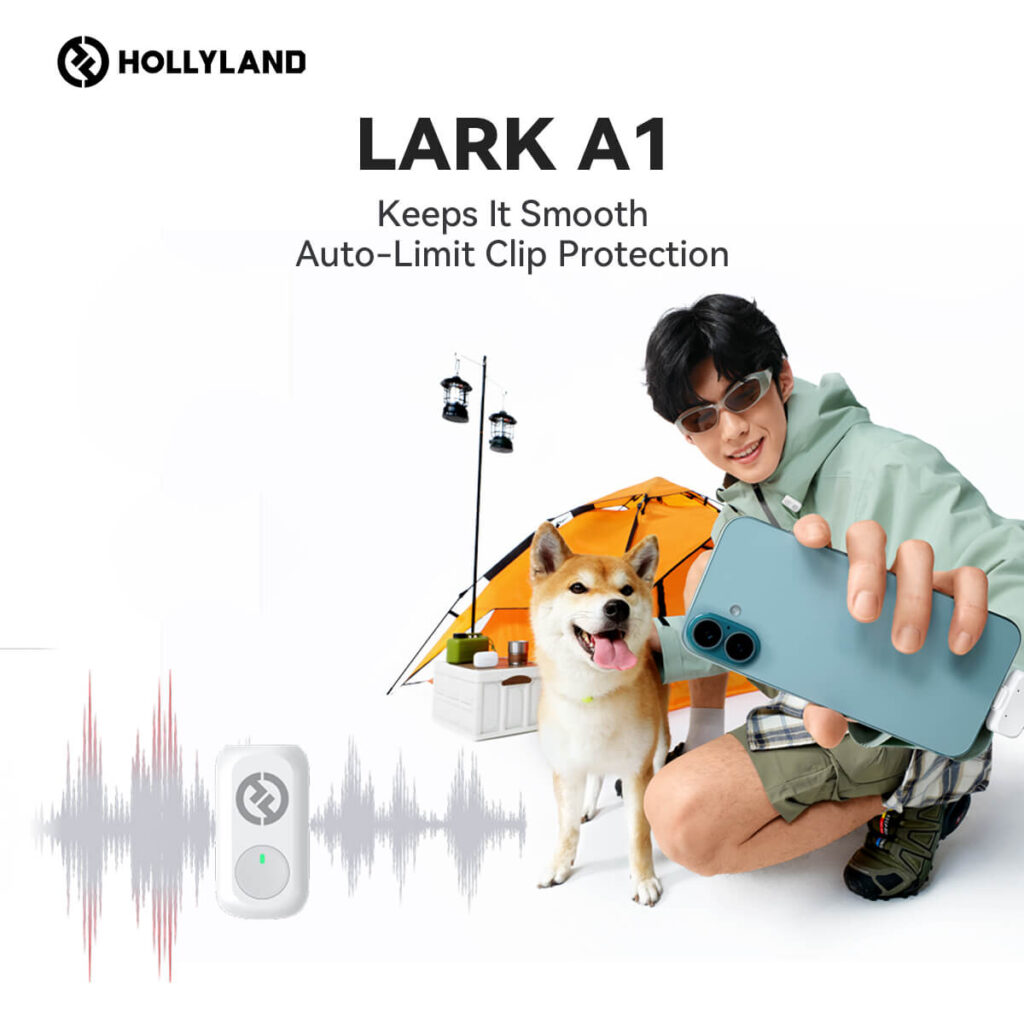Are you looking for a perfect shotgun microphone to take your recordings to the next level? Whether you’re a vlogger, podcaster, or filmmaker, the mic you choose will greatly affect the quality of your audio. Shotgun microphones are designed to capture audio in a clear, selective manner, maximizing your recordings, regardless of the surroundings.
In this guide, we’ve reviewed the best shotgun microphones for 2025 so you can find what’s right for you and make your content creation experience much better.
Why Trust Us?
We are professionals in audio technology. Through detailed lab testing and field experience, we can accurately ascertain how each microphone performs. Our guidance is based on real-world use, technical and subjective comparisons with leading industry brands. When we suggest a microphone, we keep in mind accuracy for the creators.
Top Picks at a Glance
| Model | Type | Connectivity | Frequency Response | Best For | Price |
| Sennheiser MKH 416-P48U3 | Condenser | XLR | 40Hz – 20kHz | Location Recording | $849 |
| Sennheiser MKH 50-P48 | Condenser | XLR | Not specified | Streaming | Not specified |
| Sennheiser MKE 600 | Condenser | XLR | 40Hz – 20kHz | Recording | $299 |
| Rode NTG5 | Condenser (RF-bias) | XLR | 20 Hz – 20 kHz | Location Recording | $479.99 |
| Sennheiser MKH-8060 | Condenser | XLR | 50 Hz–25 kHz | Film and Documentary | $1499 |
| RØDE NTG4+ | Condenser | XLR | 20 Hz – 20 kHz | Content creators | $378 |
| RØDE VideoMic Pro+ | Condenser | 3.5mm TRS | 20 Hz – 20 kHz | Streaming | $299 |
| Audix SCX1-HC | Condenser | XLR | 40Hz–20kHz | Precision recording | $629 |
| RØDE VideoMic Pro | Condenser | 3.5mm TRS | 40 Hz–20 kHz | Vloggers | $226.99 |
| RØDE VideoMic NTG | Condenser | USB, 3.5mm TRS | 35Hz–18kHz ±3dB | Podcasters | $243.95 |
| Audio-Technica AT875R | Condenser (Line + Gradient) | XLR | 90 Hz – 20 kHz | Video Production | $189 |
| Comica VM20 | Condenser | 3.5mm TRS/TRRS, XLR | 20 Hz – 20 kHz | Vlogging | $99 |
| Røde NTG2 | Condenser | XLR | 20 Hz – 20 kHz | Streaming | $245.90 |
| Audio-Technica AT897 | Condenser | XLR | 20 Hz – 20 kHz | Field recordings | $269 |
| Shure VP82 | Condenser | XLR | 90 Hz–20 kHz | Media Production | $362 |
| RØDE VideoMic GO II | Condenser | USB-C, 3.5mm TRS | 20 Hz – 20 kHz | Live streaming | Not specified |
| Movo VXR10 | Condenser | 3.5mm TRS/TRRS | 35 Hz–18 kHz | Filmmaking | $31.96 |
| RØDE VideoMicro II | Condenser | 3.5mm TRS | 20 Hz – 20 kHz | Vloggers | $79 |
| Sennheiser MKE 400 | Condenser | 3.5mm TRS | 50 Hz – 20 kHz | Videographers | $161 |
Note: Prices are sourced from Amazon (US) and are subject to change over time.
Best Shotgun Microphones: Detailed Reviews
1. Sennheiser MKH416-P48U3— Best for Streaming
The Sennheiser MKH416 shotgun microphone features a pressure gradient receiver with a short interference tube. The hypercardioid pattern is ideal at low and mid frequencies, and at frequencies above 2 kHz, it has a lobar pattern for highly directional sound capture. It has low self-noise and excellent feedback rejection, so it consistently captures clear sound.

Specifications
Polar Pattern: Supercardioid, Lobar
Frequency Response: 40Hz – 20kHz
Max SPL: 130 dB SPL
Connector: 3-pin XLR
Type: RF Condenser
Sensitivity: 20 dB
Pros
- High directivity for focused sound pickup.
- All-metal body for long-lasting reliability.
- RF condenser design.
- Delivers clear, natural sound.
Cons
- Requires XLR connection
Suitable for: Film, radio, and television production, outdoor filming, field recording, documentary work, and live reporting.
Real review from Amazon: “All I can say is that it is the best movie microphone out there! You won’t regret buying it; you get what you pay for.” — @MarkAndre
Price: $849
2. Sennheiser MKH 50-P48 — Best for Professional Recording Clarity
The Sennheiser MKH 50-P48 is a pressure gradient microphone with a super-cardioid pick-up pattern. It has constant directivity across the entire frequency range and a switchable pre-attenuation to manage high-level sound sources. It also has a switchable roll-off filter at a distance of 0.5 m to address the proximity effect.
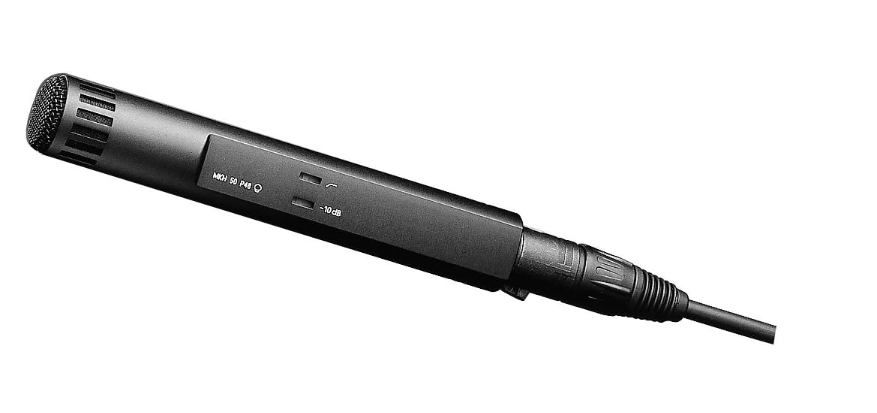
Specifications
Polar Pattern: Super-cardioid
Frequency Response: Not specified
Max SPL: 134 (142) dB / 1 kHz
Connector: XLR
Type: RF Condenser
Sensitivity: 10 dB
Pros
- High level of lateral sound rejection.
- Low inherent self-noise.
- Compact and lightweight
- Versatile outdoor or indoor use
Cons
- Requires phantom power (48V)
- No wireless capability.
Suitable for: Film, broadcast, and professional recording applications, including interviews, studio work, and voice-over recording.
Real review from Amazon: I bought this mic for my kit after a recommendation from a professional location recordist. I was not prepared for how clean and natural-sounding this mic would be.”— @Matt
Price: Not specified
3. Sennheiser MKE 600 — Best for On-Camera Directional Audio
The Sennheiser MKE 600 is a professional shotgun microphone that offers pronounced directivity. The switchable low-cut filter can contribute to suppressing wind noise. It also features a 3.5mm TRS jack ideal for camera output, and a battery switch with “Low Batt” indicator to ensure reliable performance when working.

Specifications
Polar Pattern: Supercardioid / Lobar
Frequency Response: 40Hz – 20kHz
Max SPL: 132 dB with P48; 126 dB with battery powering
Connector: XLR
Type: Condenser
Sensitivity: 21 mV/Pa with P48; 19 mV/Pa with battery powering
Pros
- Rugged all-metal housing
- Good rejection of structure-borne noise
- Can be phantom-powered or battery-powered
Cons
- Battery life may vary when using battery power
- Sensitive to handling noise without proper mounting
Suitable for: Video producers and journalists who need high-quality, directional sound in dynamic environments.
Real review from Amazon: Great purchase! No complaints, it does what it’s supposed to do! Super easy to use, requires phantom power, so it doesn’t lose charge, clarity is superb, and it fits on all my things.”— @ChloeNWalker
Price: $299
4. RØDE NTG5 — Best for Location Recording
The RØDE NTG5 features an acoustic design to provide natural sound. It is extremely lightweight at only 76g. It has control of frequency response and low self-noise to make the audio clear. The RF-bias technology and conformal coating ensure the microphone performs reliably in the toughest environments.

Specifications
Polar Pattern: Supercardioid
Frequency Response: 20 Hz – 20 kHz / 80 Hz – 20 kHz ±3 dB
Max SPL: 130 dB (1kHz @ 1% THD, 600 Ω load)
Connector: XLR
Type: RF-bias Condenser
Sensitivity: -23.5 dB re. 1 Volt/Pascal or Better (66 mV @ 94 dB SPL @ 1 kHz)
Pros
- Records professional-quality audio
- Very low self-noise (10 dBA)
- Highly directional with accurate off-axis rejection
- Good performance in difficult circumstances
Cons
- Requires 48V phantom power
Suitable For: Location sound engineers, boom mic operators, YouTubers, travel vloggers, and documentary creators.
Real review from Amazon: “I have a boatload of shotgun microphones and have to say I wish I had bought this sooner! Everything about this microphone package is just fantastic.”— @Mark
Price: $479.99
5. Sennheiser MKH-8060—Best for Precise Directional Audio
The Sennheiser MKH 8060 is a premium shotgun microphone providing undistorted off-axis sound for perfect audio capture. It also has a transformerless, fully floating balanced output providing the highest signal integrity.

Specifications
Polar Pattern: Supercardioid / Lobar
Frequency Response: 50Hz – 25kHz
Max SPL: 129 dB
Connector: 3-pin XLR
Type: RF Condenser
Sensitivity: -24 dBV/Pa (63 mV/Pa)
Pros
- Small size is perfect for on-camera recording.
- Low distortion for clear, precise sound.
- Natural sound with no coloration.
Cons
- No built-in battery options
Suitable for: Film production, documentaries, and high-quality sound recording in both indoor and outdoor environments
Real review from Amazon: “This microphone changed my life. I’ve been using an MKE 600 for years and never realized how much better my sound quality could be until I bought this.” — @MartinB
Price: $1499
6. RØDE NTG4+ — Best for On-the-Go Voice and Film Recording
The NTG4+ can be powered by either P48 phantom power or its internal rechargeable lithium-ion battery, due to which the battery lasts longer than 150 hours. The supercardioid polar pattern ensures focused sound capture, while the low-noise circuitry provides clear audio. The microphone has adjustable controls for the high-pass filter and a -10dB pad.

Specifications
Polar Pattern: Supercardioid
Frequency Response: 20Hz – 20kHz (selected HPF @75Hz)
Max SPL: 135 dB
Connector: XLR
Type: Condenser
Sensitivity: -32.0dB re 1 Volt/Pascal (25.00mV @ 94 dB SPL) +/- 2 dB @ 1kHz
Pros
- Long battery life
- Lightweight and ideal for use on a boom or camera.
- Great sound clarity with minimal post-processing required
Cons
- No built-in wireless option
Suitable For: Podcasters, filmmakers, livestreamers, voice-over artists, and anyone needing broadcast-quality directional sound
Real review from Amazon: “Another great quality product I have from Rode. The powered mic makes it great to use with various external recording units. Sound quality is great.”— @JamesR.
Price: $378
7. RØDE VideoMic Pro+—Best for Broadcast-Grade Audio
The RØDE VideoMic Pro+ has an extended frequency response that provides excellent clarity for rich, directional audio. Its flexible power options allow it to be powered with rechargeable batteries, AA batteries, or USB. With a 200Ω output impedance, the RØDE VideoMic Pro+ is versatile enough to be used for all your sound-capture-related professional recording projects.

Specifications
Polar Pattern: Supercardioid
Frequency Response: 20Hz – 20kHz (HPF @75Hz/150Hz)
Max SPL: 133 dB
Connector: 3.5mm TRS
Type: Condenser
Sensitivity: -33.6 dB re 1 Volt/Pascal (21.20mV @ 94 dB SPL) +/- 2 dB @ 1kHz
Pros
- Flexible mounting options
- High output signal
- Low equivalent noise level (14dBA)
- Portable USB charging option
Cons
- It may not be compatible with all professional equipment.
Suitable for: On-camera audio capture, ideal for filmmakers, journalists, and professional content producers.
Real review from Amazon: “I use this for video conferencing, mounted above my monitor and out of the frame of my camera. Really great sound, and I can comfortably be 8 inches from the microphone.” — @Kiwi.
Price: $299
8. Audix SCX1-HC—Best for Studio Vocals and High-Precision Recording
The Audix SCX1-HC is a super-sensitive condenser microphone that features a 21mm gold vapor capsule for quality sound. It provides a smooth, uniform frequency response with minimum proximity effect and superb phase coherence for a reliable performance every time. The minimal footprint and miniaturized electronics allow for tight, accurate recordings to be captured in professional settings.

Specifications
Polar Pattern: Cardioid
Frequency Response: 40Hz – 20kHz
Max SPL: ≥130 dB
Connector: 3-pin XLR
Type: Condenser
Sensitivity: 26 mV/Pa @ 1kHz
Pros
- Excellent ambient noise rejection
- Interchangeable capsules add more flexibility.
- Precision-machined brass body
- Low profile design
Cons
- Requires careful placement due to its directional polar pattern.
Suitable for: Studio vocals, overheads, orchestra recording, as well as group vocals, and Foley work.
Real review from Amazon: “I use this mic primarily for film production. Recording interviews and doing voice-over work. I really like the sound I get out of it. It sounds very natural.” — @Scott Stevenson.
Price: $629
9. RØDE VideoMic Pro — Best for On-Camera Versatility
RØDE VideoMic Pro has a high-quality windshield for outdoor use and a high-pass filter plus three-stage gain control to reduce background noise. Its Rycote Lyre shock mounting helps reduce handling noise.

Specifications
Polar Pattern: Supercardioid
Frequency Response: 40Hz – 20kHz (selected HPF @80)
Max SPL: 134dB
Connector: 3.5mm TRS
Type: Condenser
Sensitivity: -32.0dB re 1 Volt/Pascal (20.00mV @ 94 dB SPL) +/- 2 dB @ 1kHz
Pros
- Easy to mount on any camera hot shoe
- Durable build for outdoor and travel use
- Long battery life supports extended shooting sessions
- Easy to set up with no complicated settings
Cons
- 3.5mm connection may need adapters
Suitable For: Vloggers, filmmakers, YouTubers, interviewers, and content creators need clear, directional sound
Real review from Amazon: “Really picks up the sound. It blew up the waveform and produced unusable music. I’m going to try it using the -10 dB setting and the high-pass filter.” — @CoryEnderby.
Price: $226.99
10. RØDE VideoMic NTG — Best for Content Creation
The VideoMic NTG is frequently used on-camera to capture broadcast-quality audio. Its innovative annular line tube technology ensures enhanced acoustic transparency for more natural audio. The mic also includes peak warning lights to prevent audio clipping during recordings.

Specifications
Polar Pattern: Supercardioid
Frequency Response: 35Hz – 18kHz ±3dB
Max SPL: 120dB @ 1% THD
Connector: 3.5mm TRS, USB-C
Type: Electret Condenser
Sensitivity: -26 dB re 1V/Pa (50mV @ 94dB SPL) ± 1dB @ 1kHz
Pros
- Peak warning lights to prevent audio clipping
- Long battery life (30+ hours of recording)
- USB and 3.5mm auto-sensing outputs for seamless device connection
Cons
- Requires recharging; no replaceable batteries
- It may be too sensitive for noisy environments
Suitable For: Vloggers, Podcasters, Gamers, Content Creators, Filmmakers, Mobile Journalists
Real review from Amazon: “Another great product from Rode. I have several other mics from them and an entire wireless mic system. Been extremely pleased with any Rode product I have purchased, and this one is no different.”— @TechGuy
Price: $243.95
11. Audio-Technica AT875R — Best for Compact Camera Setups
The Audio-Technica AT875R is a short shotgun mic measuring less than 7 inches long, so it’s a great size to put on a digital camera. The narrow acceptance angle ensures excellent pickup of distant sound, and the 74 dB signal-to-noise ratio minimizes extraneous noise. It also offers a tailored response to reduce the unwanted sounds, resulting in a clear audio recording.

Specifications
Polar Pattern: Line + Gradient
Frequency Response: 90 Hz – 20 kHz
Max SPL: 127 dB SPL, 1 kHz at 1% THD.
Connector: 3-pin XLRM-type
Type: Condenser
Sensitivity: –30 dB (31.6 mV) re 1V at 1 Pa
Pros
- Small size works great on light rigs.
- RoHS compliant
- Includes a windscreen and stand clamp.
Cons
- More limited frequency response than some models.
- May not handle some extremely high sound pressure levels.
Suitable for: On-location recording, news gathering, video production, broadcasting, and compact camera setups.
Real review from Amazon: “This mic has great laser focus and rejects off-axis noise. Getting the XLR connection cabled to the interface was super simple and gave us broadcast-quality audio in seconds.” — @JackM
Price: $189
12. Comica VM20 — Best for Versatile Field Recording and Content Creation
The Comica VM20 produces professional audio with adjustable stepless gain control and OLED-visualized power to allow accurate monitoring. The two low-cut filter modes (75/150 Hz) reduce frequencies to remove unwanted noise for higher-quality audio. For performance, stability, and durability, the VM20 has a full metal construction and super shielding.

Specifications
Polar Pattern: Super Cardioid
Frequency Response: 20 Hz – 20 kHz
Max SPL: >105 dB
Connector: 3.5mm TRS/TRRS, XLR
Type: Condenser
Sensitivity: -43 dB to -23 dB
Pros
- Compact and light for easy transport.
- Rechargeable through USB-C for continual use
- Compatible with 3.5mm TRS/TRRS and XLR
Cons
- Needs to be charged for long-term use
Suitable for: Vloggers, content creators, interviewers, students, and outdoor filmmakers
A real review from Amazon: “This is so far the best shotgun mic I have ever owned; it competes with the big-name brands. The battery life on this thing is phenomenal.” — @Joey
Price: $99
13. Røde NTG2 — Best for Professional Audio Recording
The RØDE NTG2 is a premium dual-powered shotgun microphone characterized by low noise and full frequency response. It has a high-pass filter (80Hz) optimally built to reduce low-frequency noise and produce transparent and accurate sound. The mic’s equivalent noise level is 18 dBA, giving it excellent audio quality in any recording situation.

Specifications
Polar Pattern: Supercardioid
Frequency Response: 20Hz – 20kHz
Max SPL: 131 dB
Connector: XLR
Type: Condenser
Sensitivity: -36.0 dB re 1 Volt/Pascal (15.00 mV @ 94 dB SPL) +/- 2 dB @ 1 kHz
Pros
- Efficient battery management
- Rugged, solid design to withstand tough conditions.
- Excellent performance for all types of recordings.
- Captures clear dialogue with little to no unwanted background noise.
Cons
- Requires XLR connection.
- AA batteries drain during long shoots.
Suitable for: Film production, video shoots, voice-over work, and live streaming.
Real review from Amazon: “I haven’t really been impressed by any of the shotgun mics I’ve tried, but this is the best one so far. It has good sound quality, and an AA battery for phantom power is a bonus.” — @WillieVHughes
Price: $245.90
14. Audio-Technica AT897 — Best for Field and Broadcast Recording
The Audio-Technica AT897 is a professional microphone that is lightweight. It features smooth, natural-sounding on-axis audio and excellent off-axis rejection. Its compact size makes the AT897 a perfect companion for mounting onto DV camcorders. It requires either a battery or a phantom power supply, making the microphone very flexible in various environments.

Specifications
Polar Pattern: Line + Gradient
Frequency Response: 20 Hz – 20 kHz
Max SPL: 129 dB SPL (phantom), 115 dB SPL (battery)
Connector: 3-pin XLRM-type
Type: Condenser
Sensitivity: -40 dB (phantom), -41 dB (battery)
Pros
- Great to use to capture distant sounds
- Switchable low-frequency roll-off
Cons
- No cut-filter switch on this microphone for high-noise environments.
- Powers only to 115 dB SPL when running on battery mode (AA).
Suitable for: Field recording, video production, and wildlife sound capture.
Real review from Amazon: “Great mic, I wanted a microphone I could use in Zoom and Discord without it being in the view of my webcam. This worked perfectly and offers great sound quality!” — @CharlesHavers
Price: $269
15. Shure VP82 — Best for Camera-Mounted Media Production
The Shure VP82 is a lightweight and compact shotgun microphone with best-in-class audio quality and superior Shure design. It has an integrated preamplifier design and is an economical choice for field recording, with natural off-axis rejection. It has a wide aperture means it can be used on near-field sound sources, while it is rugged and ready to use for various areas.

Specifications
Polar Pattern: Lobar
Frequency Response: 90 Hz – 20 kHz
Max SPL: 137.5 dB SPL (at 2500 Ω load)
Connector: 3-Pin XLR
Type: Condenser
Sensitivity: -36 dBV/Pa (15.80 mV/Pa)
pros
- Natural off-axis rejection in dynamic environments.
- Economical choice with premium performance
- Ruggedly built for field use.
Cons
- No interchangeable capsules
- No switchable low-cut filter
Suitable for: Field reporters, filmmakers, and content creators wanting media production and camera mount applications.
Real review from Amazon: “It’s a great shotgun mic. Good sound quality and off-axis rejection. Gives me good sound when recording.” — @DannyNiederberger
Price: $362
16. RØDE VideoMic GO II — Best for Compact, High-Quality Audio Capture
The RØDE VideoMic GO II is an extremely lightweight microphone at just 89 g, offering excellent portability. The HELIX™ isolation mount system protects against knocks and bumps, as well as handling noise. It is compatible with RØDE apps, enabling you to access advanced features and sample rates of up to 48 kHz for high-quality studio recording on any device.

Specifications
Polar Pattern: Supercardioid
Frequency Response: 20Hz – 20kHz
Max SPL: 110 dB
Connector: 3.5mm TRS, USB-C
Type: Electret condenser
Sensitivity: -31dBV (28.78mV @ 94dB SPL) ± 1dB @ 1kHz
Pros
- Compatible with smartphones, tablets, DSLRs, and computers.
- Great broadcast-level sound.
- Excellent shock absorption.
Cons
- Only stereo input and output when USB mode is being used.
- Not designed for long-distance recording
Suitable for: Vlogs, YouTube channels, podcasting, gaming, live streaming, interviews, and mobile recording.
Real review from Amazon: “This Rode mic is small but awesome! It picks up great sound with my iPhone 15 Pro and my Sony camera! I highly recommend this mic.” — @JimClenney
Price: Not specified
17. Movo VXR10—Best for Vlogging and Mobile Filmmaking
The Movo VXR10 is a high-quality microphone that picks up a wide range of audio with full bass and high frequencies. The aluminum construction adds durability, and its battery-free design creates convenience. The shock mount prevents handling noise from showing up on recordings, making it a great choice for recordings with little to no need for editing in post.

Specifications
Polar Pattern: Cardioid
Frequency Response: 35 Hz – 18 kHz, +/-3 dB
Max SPL: Not specified
Connector: 3.5mm TRS Mini-Jack (for Cameras, Recorders & Camcorders); 3.5mm TRRS (for Smartphones, Tablets, & Mac)
Type: Condenser
Sensitivity: -42dB +/- 1dB at 1kHz
Pros
- No complicated setup needed.
- Affordable price for performance and quality.
- Can be used on multiple devices.
- High-quality audio for a wide range of frequency responses.
Cons
- No low-cut filter
- Limited mount attachments
Suitable for: YouTubers, filmmakers, and content creators.
Real review from Amazon: “I have been making short films with my friends, and I needed a mic that I could depend on. I have been using this shotgun mic, and it has worked as the perfect starting point for me.” — @Cole
Price: $31.96
18. RØDE VideoMicro II — Best for Ultra-Compact Audio Recording
The VideoMicro II offers exceptional audio clarity in a compact form, weighing just 39g. Its HELIX isolation mount system reduces handling noise and provides superior protection from bumps and vibrations. With a dynamic range of 95dB, it captures both quiet and loud sounds with ease. The output impedance of ~2.6kΩ guarantees compatibility with a wide range of devices, making it perfect for creators on the move.

Specifications
Polar Pattern: Supercardioid
Frequency Response: 20Hz – 20kHz
Max SPL: 110 dB SPL
Connector: 3.5mm TRS
Type: Electret Condenser
Sensitivity: -30 dBV (31.62 mV @ 94 dB SPL) ± 1 dB @ 1kHz
Pros
- Supercardioid polar pattern for focused sound capture
- All-metal construction for durability
Cons
- Not suitable for battery-powered situations
- It may need adapters for incompatible connections
Suitable for: Vloggers, content creators, filmmakers, mobile journalists, and podcasters.
Real review from Amazon: “The RØDE VideoMicro II is an impressive upgrade for anyone looking to improve their camera or mobile audio. It’s ultra-compact, super lightweight, and doesn’t require batteries.”— @MattHermsen
Price: $79
19. Sennheiser MKE 400 —Best for Creators on the go
The Sennheiser MKE 400 has an impressive 3-step sensitivity switch. The microphone has an integrated headphone output jack with volume control for monitoring audio, and it has an auto-on/off feature when connected to cameras.

Specifications
Polar Pattern: Supercardioid
Frequency Response: 50 Hz – 20 kHz
Max SPL: 132 dB SPL
Connector: 3.5mm TRS, 3.5mm TRRS
Type: Condenser
Sensitivity: -23 / -42 / -63 dBV/Pa
Pros
- Easy to use across any device
- Extreme battery life for long shoots
- Clarity (low-cut filter and quality)
Cons
- Uses AA batteries
- Not the best in light conditions
Suitable for: Video blogging, videography projects, live streaming, and productions
Real review from Amazon: “This is a great little mix kit. The quality is amazing. Super easy to use, and I love that it automatically shuts on with my DSLR.” — @TBarron
Price: $161
BONUS RECOMMENDATION: Hollyland LARK MAX 2—Best Wireless Microphone Solution
The Hollyland LARK MAX 2 is a wireless microphone capable of supporting up to 4 transmitters while also offering AI noise cancellation for clear sound, and it has a 1,115 ft (340 m) wireless operating range. With its 32-bit float internal recording, the LARK MAX 2 is built to perform well and reliably in the most demanding production environments.

Read the full Hollyland LARK MAX 2 review for more details.
Specifications
Polar pattern: Omnidirectional
Frequency response: 20 Hz–20 kHz
Max SPL: 128 dB
Connector: USB, 3.5mm, and UAC
Battery life: 18 hours (with charging case) and 11 hours (without charging case)
Transmission range: TX: 1,115ft (340m) for LOS / 197ft (60m) for NLOS
Pros
- Quick and simple set-ups, with plug-and-play capabilities
- Small and lightweight for ease of transport
- Power versatility via USB-C, or use the rechargeable battery option
- Long battery life allows for recording
- Adjustable settings depending on your needs
Cons
- The charging case requires extra time for a full charge.
Best For: Multi-person interviews, live streaming, professional content creation
Real review from Amazon: Not Specified
Price: Not specified
Conclusion
Choosing the appropriate shotgun microphone is essential for recording crisp, professional audio. With options ranging from compact, mobile-friendly models to high-end professional microphones, there’s a perfect fit for every creator’s needs. Several factors will help you choose the best shotgun microphone for your needs, ensuring you find the right audio quality for your content.
FAQs
Is a shotgun mic good for filmmaking?
Yes, shotgun microphones are very good for film, especially when recording from a distance or in noisy environments. They’re also moisture-resistant, which makes them perfect for outdoor filming.
How to choose a shotgun microphone?
When choosing a shotgun microphone, look for low background noise levels and high sensitivity when recording. It must capture sound clearly from the front while rejecting noise from the sides.
What are shotgun microphones used for?
Shotgun microphones are for capturing sound from far away. They’re used in sports events, news reporting, films, and live broadcasts, which makes them an essential tool for any sound engineer.
Is a shotgun mic good for vocals?
Yes, shotgun microphones can be very good for vocals. They are designed to pick up sound from a distance and work well for capturing human speech.
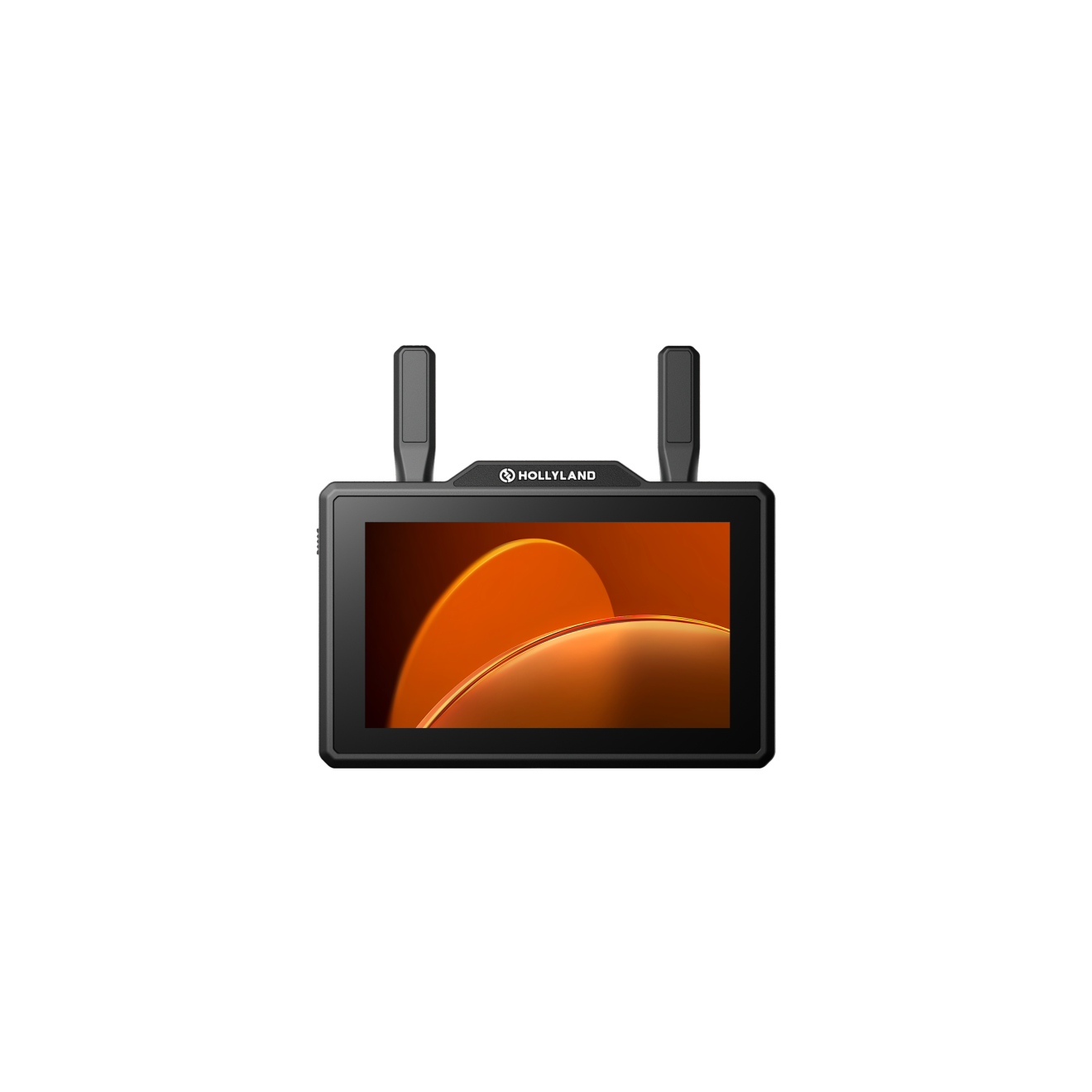
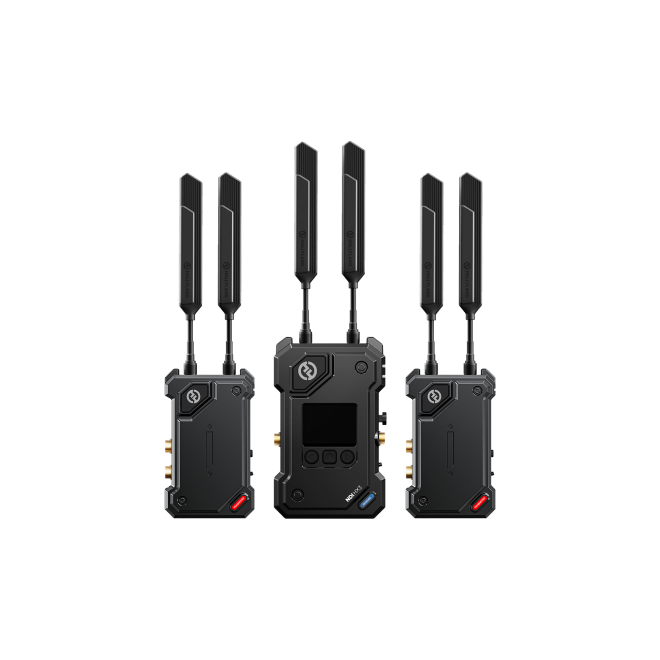
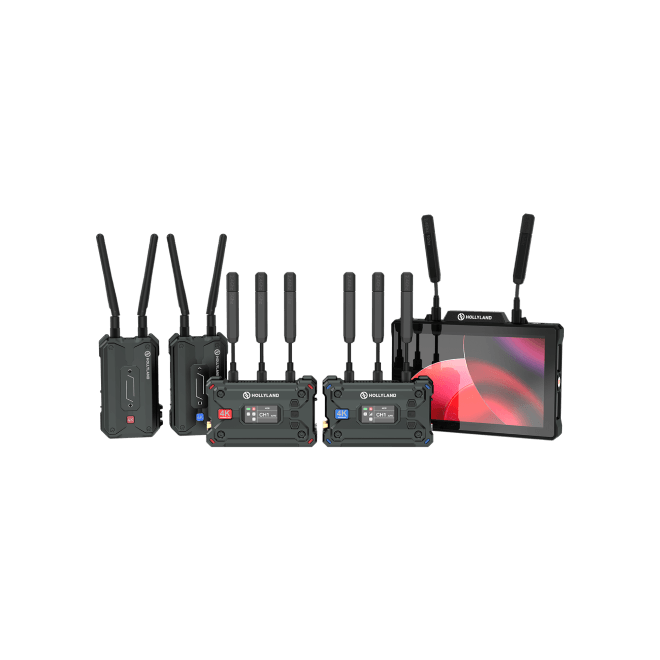
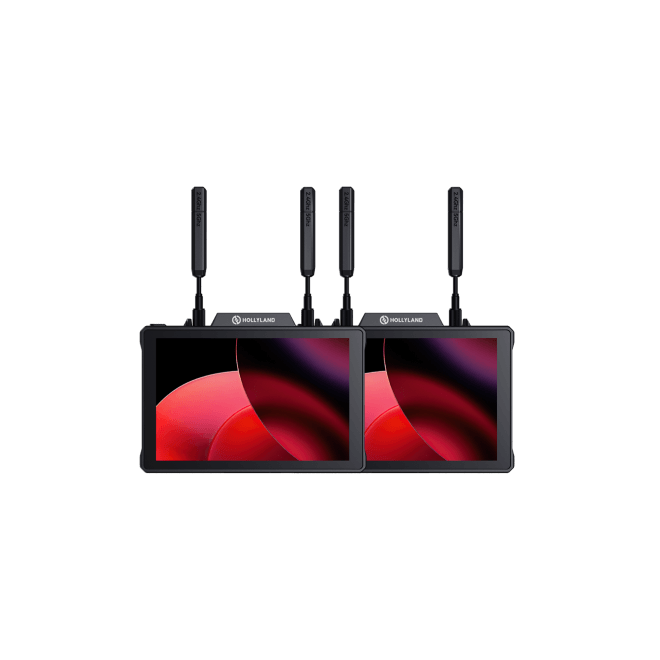
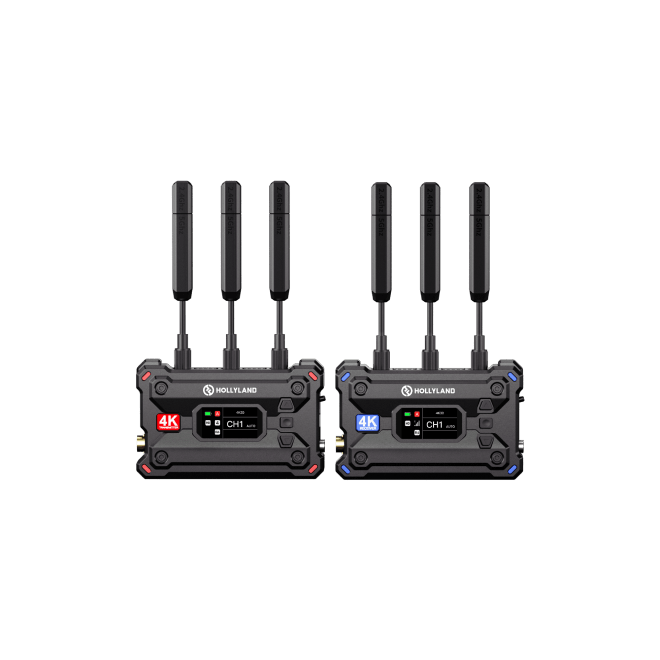
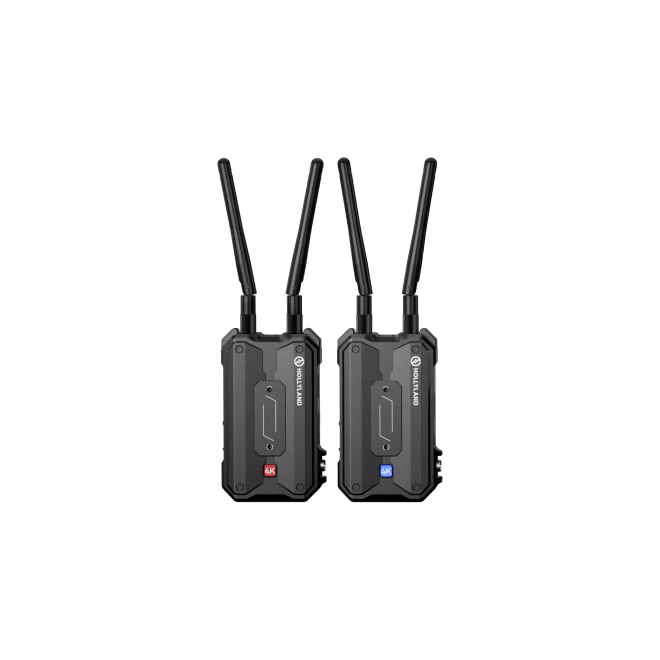
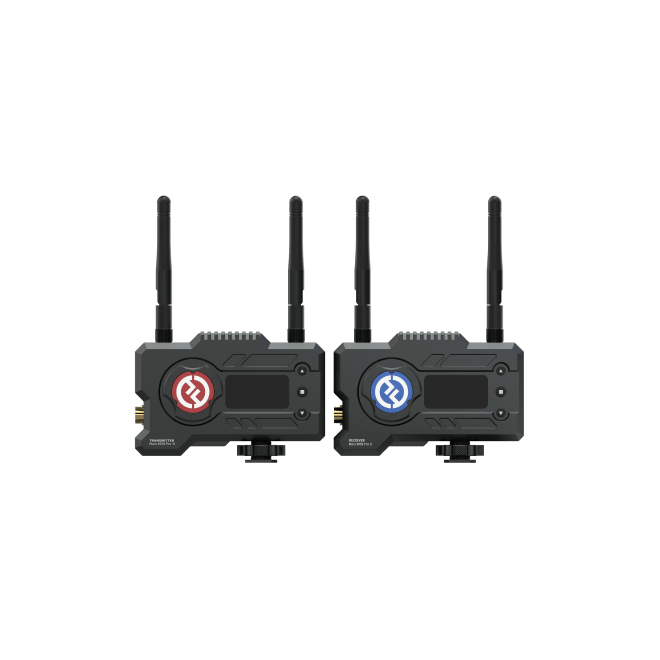
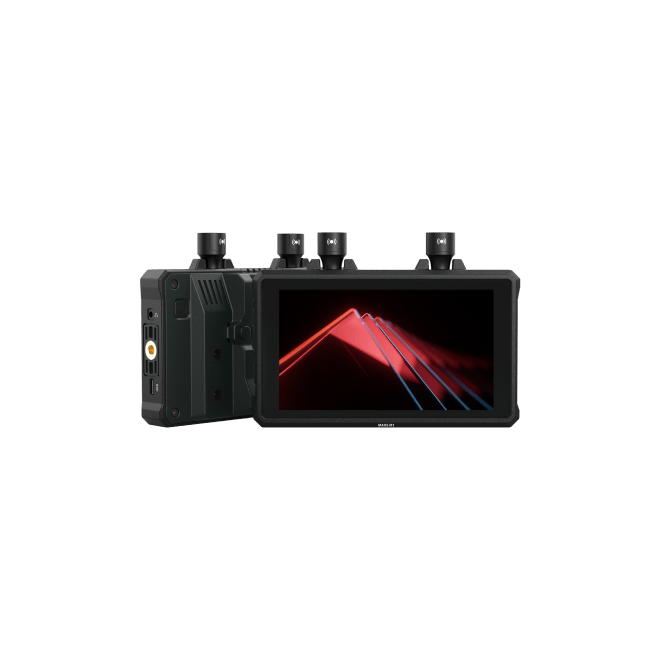
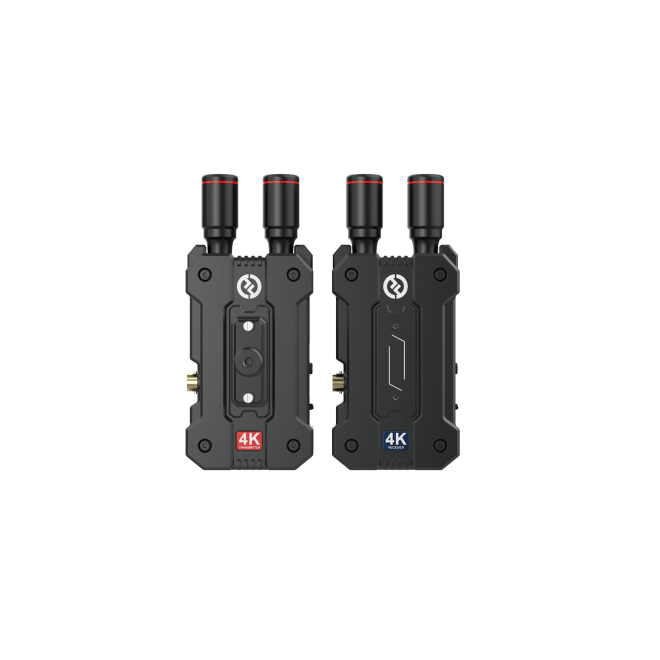
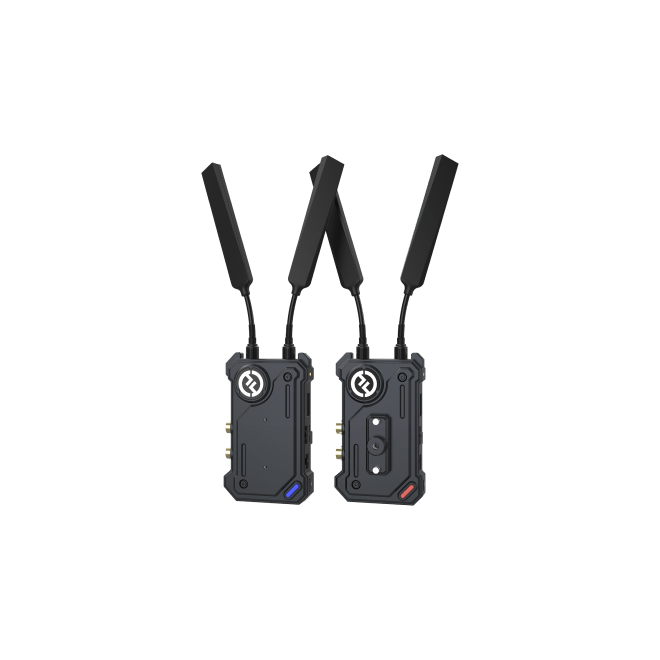
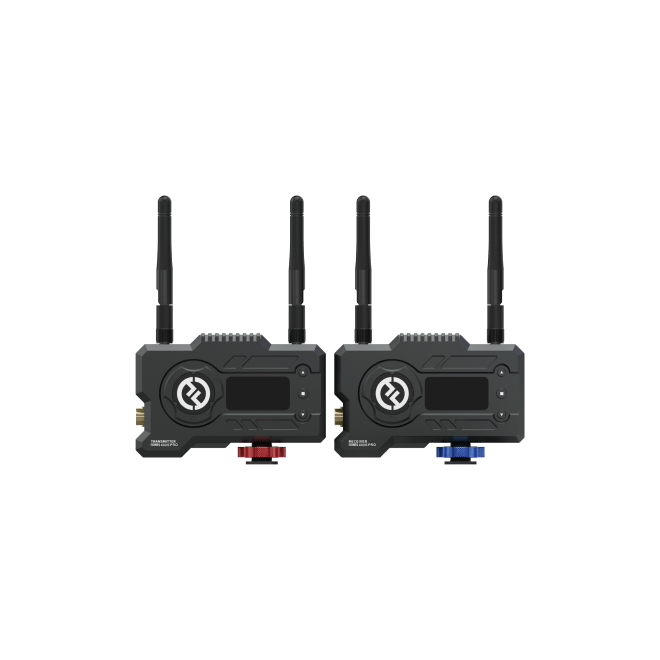
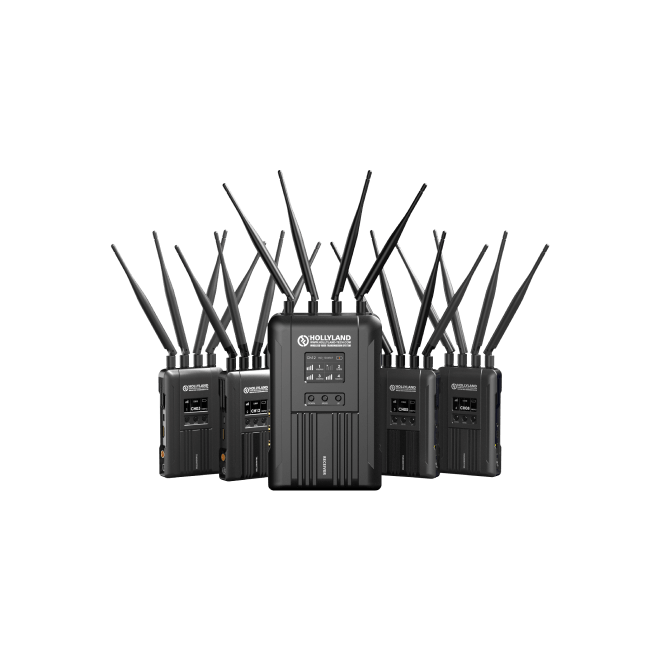

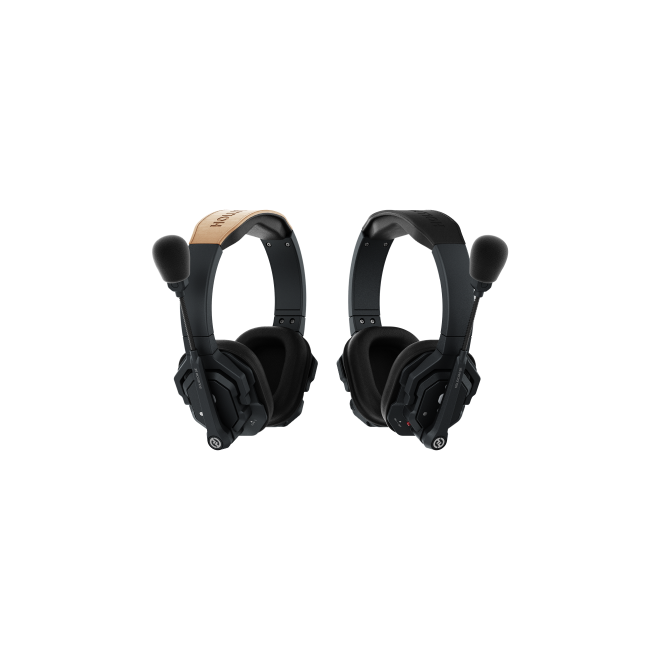
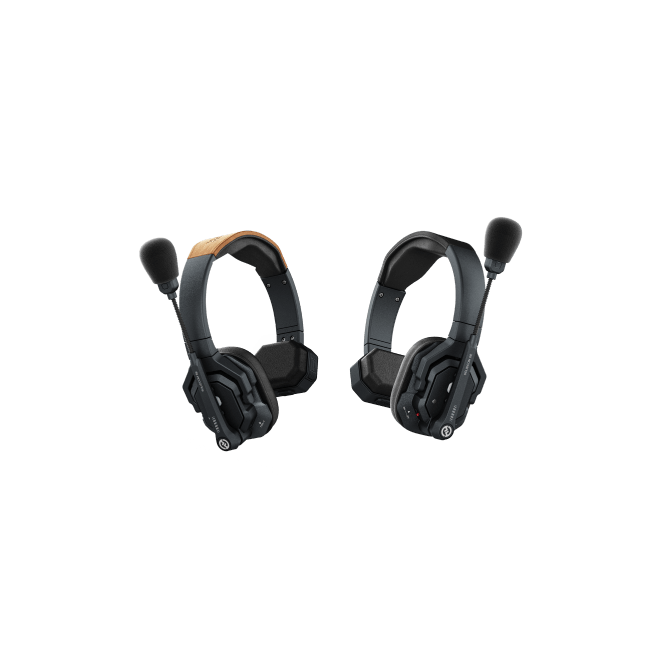
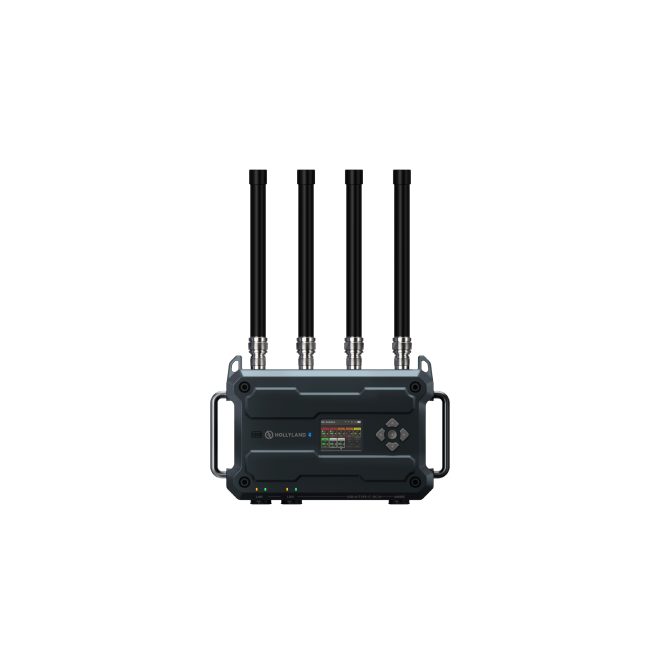
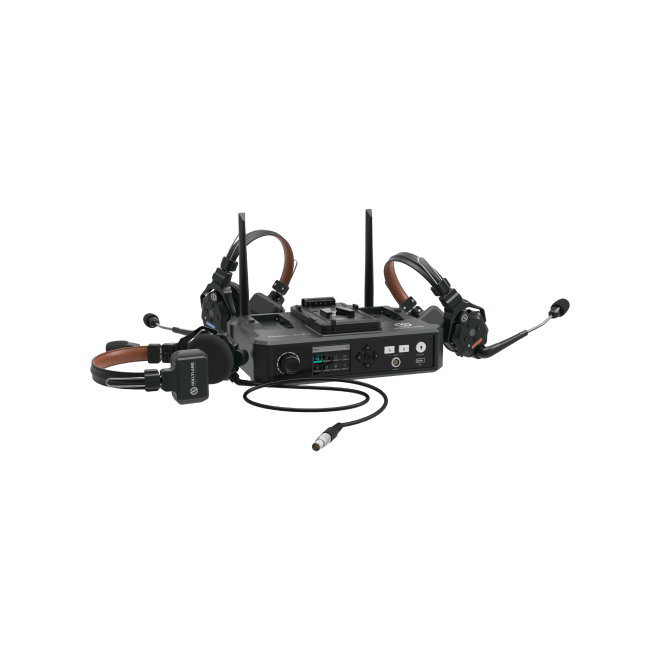
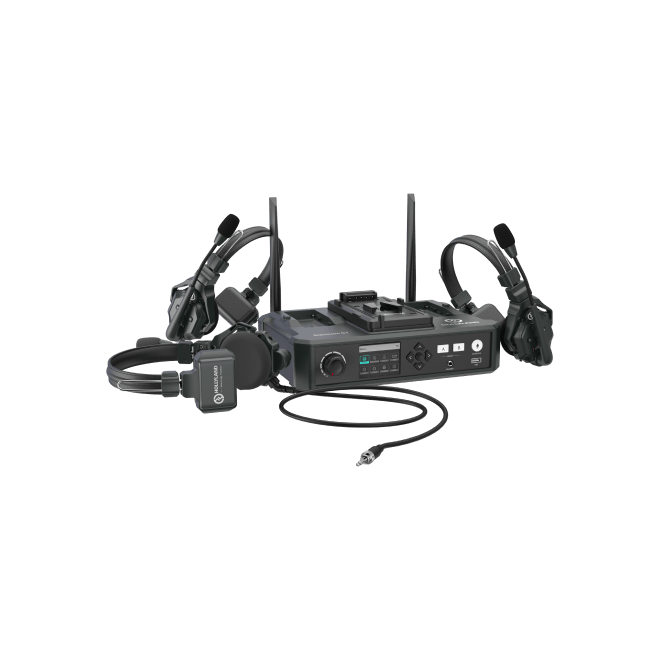
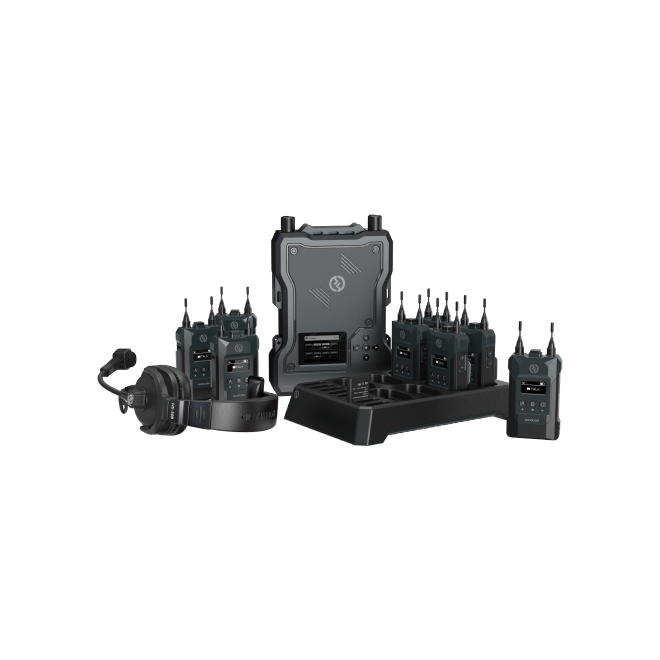
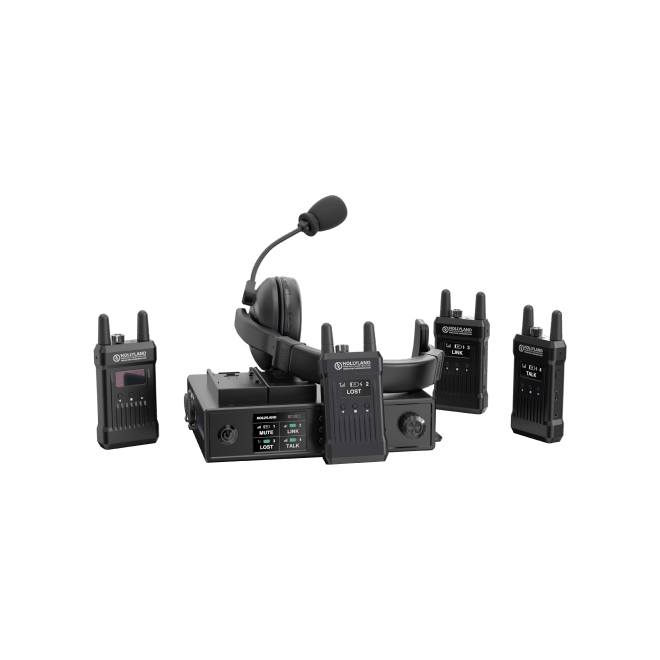
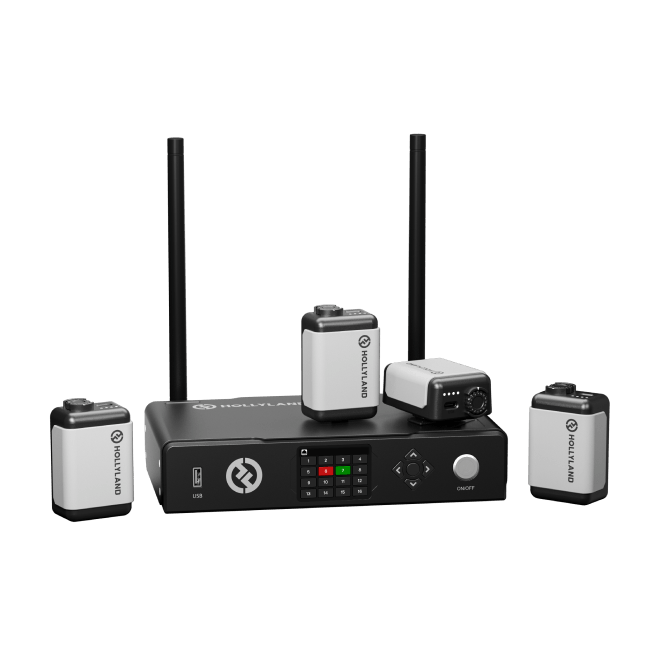
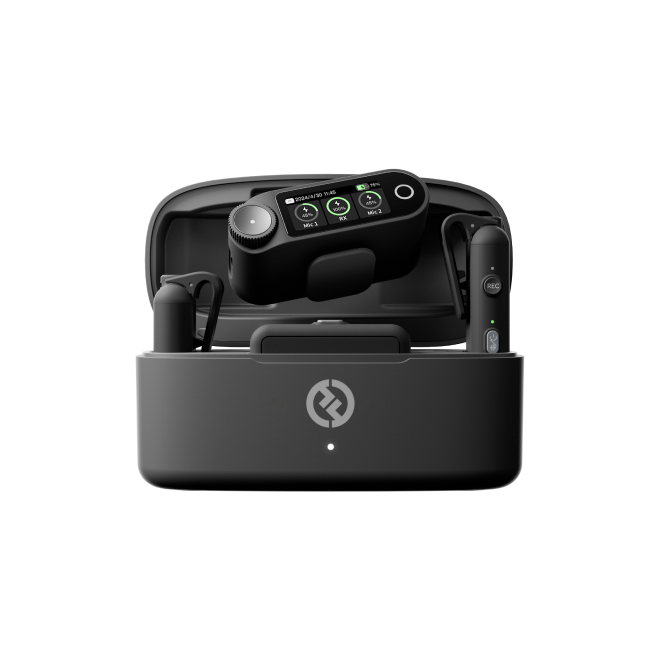


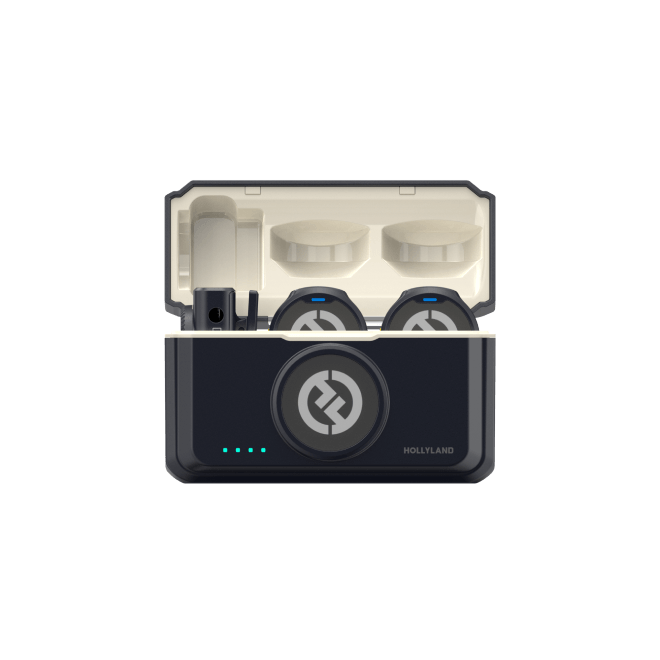
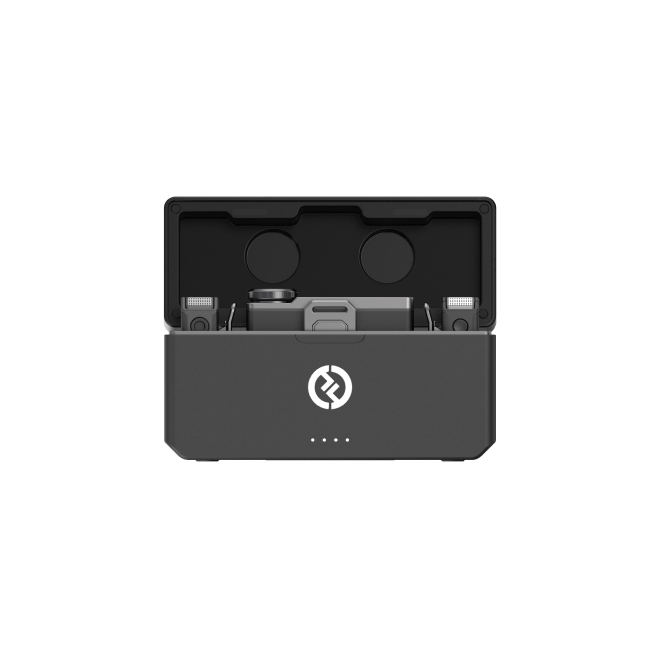
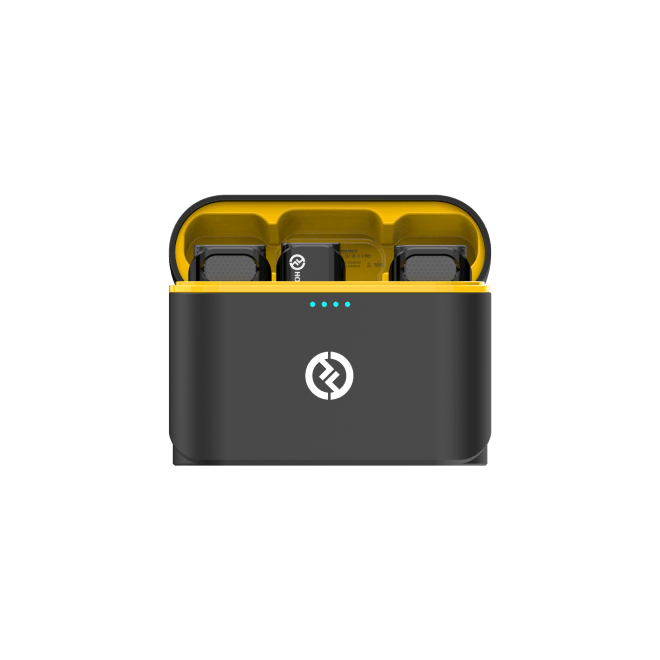
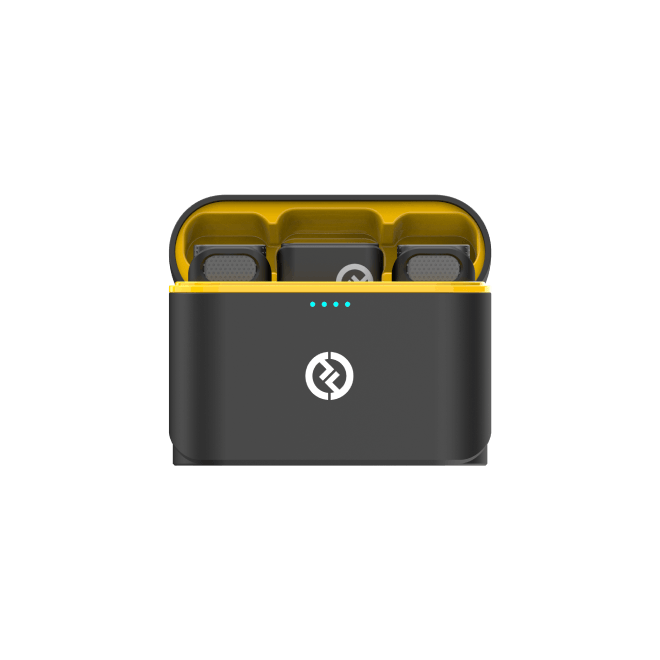
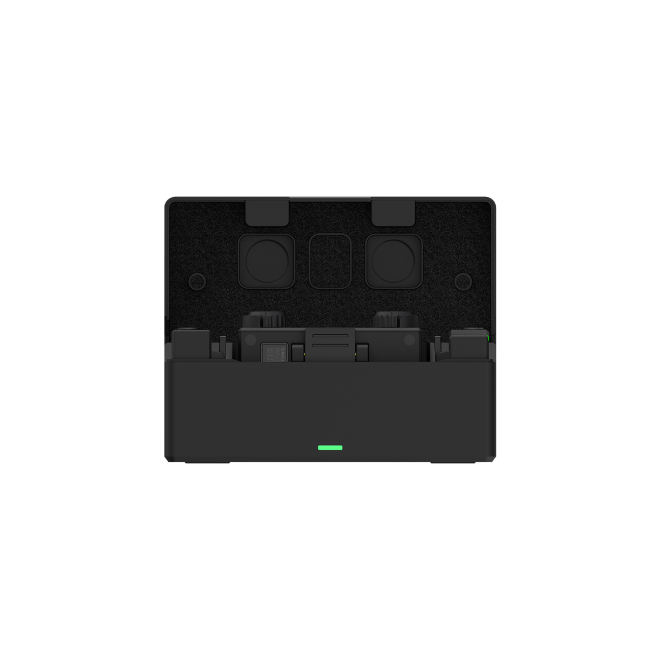
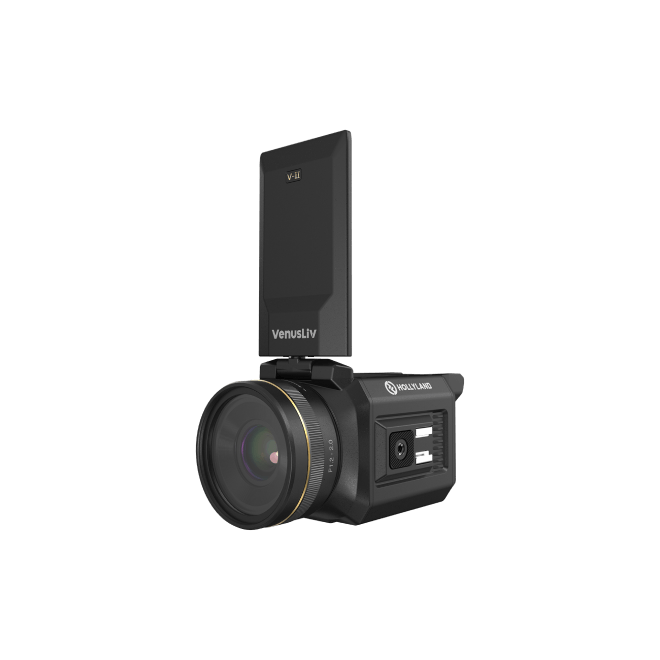
.png)


